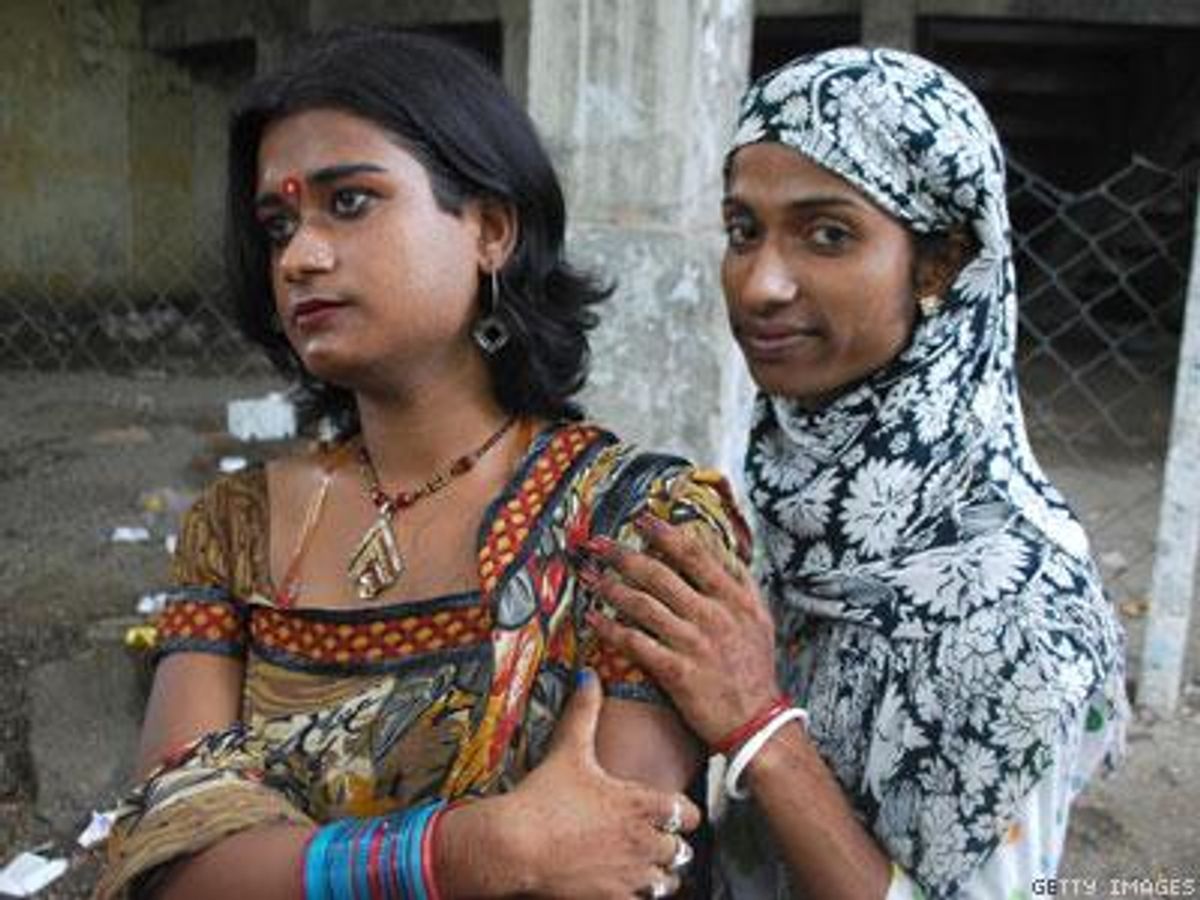More than 490,000 Indian citizens identify as the newly recognized third gender, according to results from the nation's recent election -- the first in which transgender people, traditionally known as hijra, were able to formally identify themselves as such on an electoral ballot.
That number, which trans activists in India say is likely seven times lower than the actual number of third-gender people in the country, is still much higher than many observers expected. Regardless, it's an encouraging step toward inclusion, and trans activists in the world's largest democracy are celebrating the outcome of their homeland's first official census to include a headcount of those who identify as third gender, according to the Times of India.
"[T]his is fantastic news for the transgender community," Kalki Subramaniam, transgender rights activist and founder of the Sahodari Foundation, told the newspaper. "We were extremely disappointed because during the voter registration process only 28,341 people registered as belonging to the third gender."
But the Times reports that the government's official tabulation of the country's population reveals that nearly 500,000 Indians either self-identify or have parents who were willing to identify their children as third gender.
Some observers were also surprised to discover that the overall number of trans respondents in rural communities was only slightly lower than those living in urban areas. The Times notes that 69 percent of those who identified as third gender said they were from urban areas, while 66 percent said they were from rural areas.
Delving further into the census, however, quality of life issues, especially literacy rates, were starkly different between transgender people living in rural areas compared to those in urban centers. The Times report that only 46 percent of transgender people living in the Indian countryside are literate.
Meanwhile, 74 percent of the general population in India can read and write effectively. Activist Anjali Gopalan of Naz Foundation had a theory about why the disparity exists:
"I am not surprised that the literacy rate is so low because it is not uncommon at all for [transgender people] to drop out of school because of the harassment and discrimination they face," Gopalan told the Times.


















































































